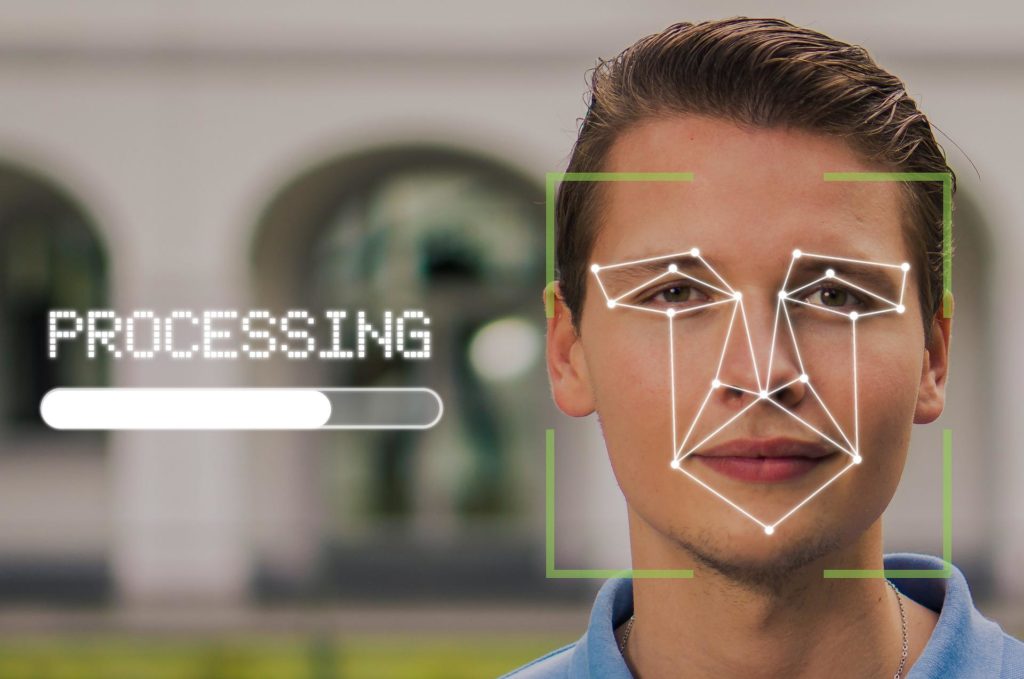
There’s a common perception that autistic individuals are poor at recognising others’ emotions and have little insight into how effectively they do so.
But Autistic adults are only slightly less accurate at reading people’s facial emotions compared to their non-autistic peers, according to new Australian research.
Recent research published in two papers in the leading international journal, Autism Research, shows we may need to revise widely accepted notions that adults diagnosed with autism experience difficulties when it comes to recognising social emotions and have little insight into their processing of others’ face emotions.
63 people diagnosed with autism and 67 non-autistic adults (with IQs ranging from 85 to 143) participated in a Flinders University study, with participants taking part in 3- 5-hour sessions comparing their recognition of 12 human face emotion expressions such as anger and sadness.
Dr Marie Georgopoulos collected a wide range of data during the course of her PhD, with subsequent reanalyses by the research team providing the basis for a series of research articles.
The results could mean social difficulties linked with autism may actually reflect differences that only become apparent in certain social interactions or high-pressure scenarios, challenging the perspective that autistic adults can’t adequately read facial emotion expressions.
Study co-author and Matthew Flinders Distinguished Emeritus Professor of Psychology, Neil Brewer, says by deploying a wide array of emotions, presented in a variety of different ways, this study suggests that autistic individuals are, on average, only slightly less accurate but at the same time somewhat slower when classifying others’ emotions.
“These findings challenge the notion that adults with autism are more likely to be overwhelmed by increasingly dynamic or complex emotional stimuli and to experience difficulties recognising specific emotions.”
There was a considerable overlap in performance between the two groups, with only a very small subgroup of autistic individuals performing at levels below that of their non-autistic peers.
The differences between groups were consistent regardless of how emotions were presented, the nature of the response required, or the particular emotion being looked at.
The research also showed that while there was considerable variability in terms of individuals’ insight into their interpretation of others’ emotions, there was no evidence of any differences between the autistic and non-autistic samples.
“The sophisticated methodologies used in these studies not only help refine our understanding of emotion processing in autism but also provide further demonstrations of hitherto unacknowledged capabilities of autistic individuals.”
“Further advances will likely require us to tap behaviours associated with emotion recognition and reactions to others’ emotions in real-life interactions or perhaps in virtual reality settings.”